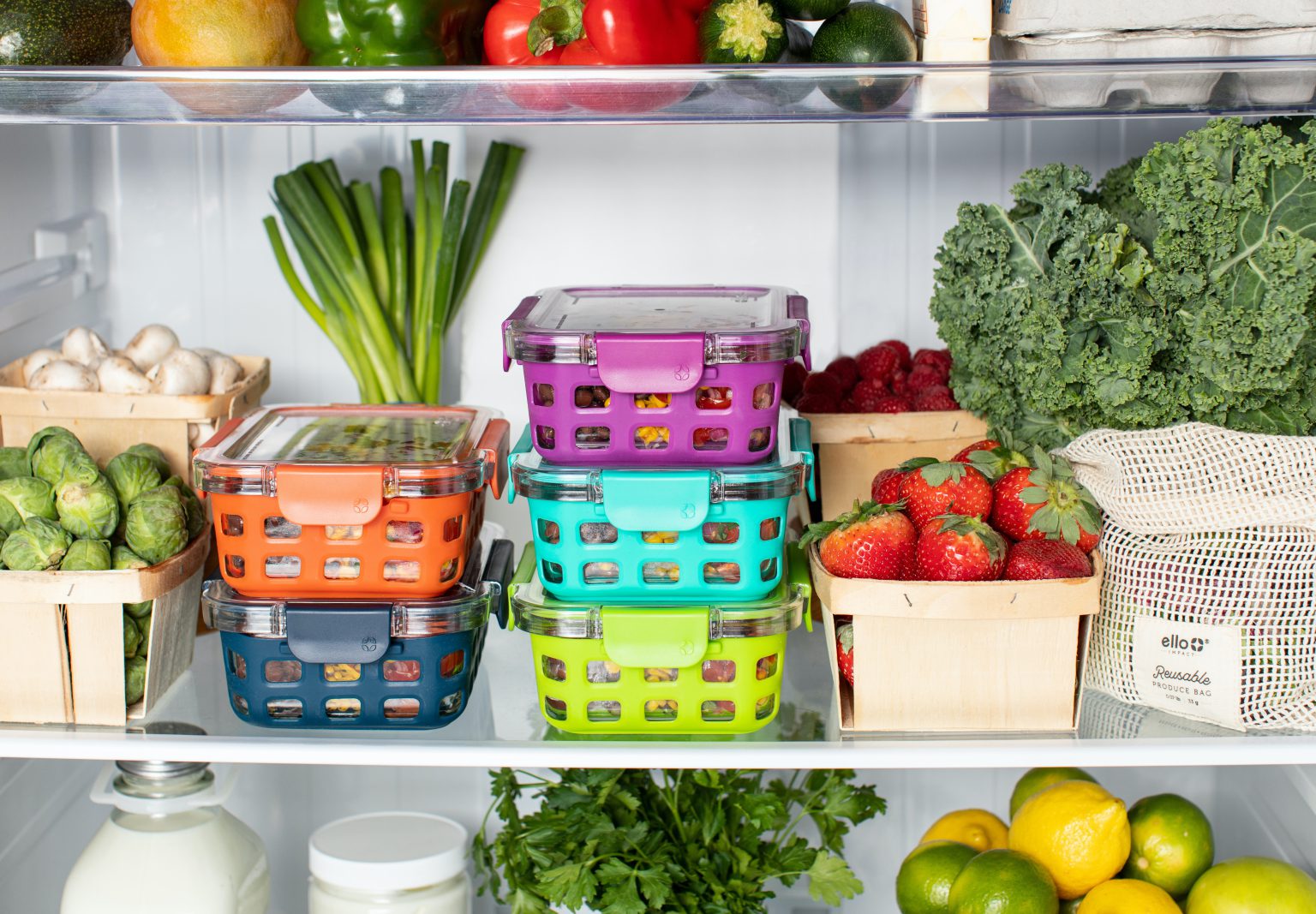Sometimes in one’s life, there comes a moment when one is unable to go to the grocery store because of an apocalyptic event like a mega-typhoon, global pandemic, or catastrophically imprudent spending on kawaii things.
Whether you are counting down the hours til payday or just really don’t feel like going to the grocery store, this article is meant to give you ideas about how to plan your meals without suffering or starving yourself while staying home. So, let’s talk about strategies for cooking, and more importantly, meal planning.
Cooking is an art and a science of what is delicious and nourishing for our bodies and our souls. Meal planning is a resource management game. When you are shopping, it’s good to think of how your raw ingredients can be used and reused in multiple dishes, how nutritious and delicious they are, how satisfying, and expiration dates. When shopping is not an option, we can still use these criteria to evaluate our situation.
Portion Control
In order to prolong your food reserves, start measuring out your food either by weighing it on a food scale, or by dividing it by smaller portion sizes. For example, the recommended size of a piece of red meat on your plate is only about the size of a deck of cards (3 ounces or 85 grams).
Expiration Dates
In order to not waste your money, you should abide by the First In First Out (FIFO) rule. Your oldest food should get eaten first so you aren’t wasting time and money going to the store to replace your ingredients. So make sure to place your soon-to-be-expired food towards the front of your fridge so you remember to use it.
Reusability
This is the ability to take an ingredient and use it in multiple dishes.
Chicken is a heavyweight in this category. As a relatively inexpensive meat, one can bake, broil, roast it. Step one: cook the chicken breast. Step two: Cut it in half. Step Three: Eat one half and use the rest: slice it, chunk it, shred it for a sandwich or quesadilla, or throw it in some soba or soup. Rice is another good example of reusability.
Nutritious and Delicious
Be sure to buy food that is both good for your health and tastes good to you. There are lots of fermented foods that are great for your health and especially gut flora. Many people love yogurt (especially greek yogurt) for its health benefits and versatility in many different dishes.
Maybe you want to like natto, but can’t get over the texture or flavor. Or maybe you’re homesick and have been bingeing on Oreos – great flavor, but not nutritious! It is important to find balanced food. Otherwise, you may find that you have wasted your money on something you’re never going to eat.
Satiety
When you’re stocking up your kitchen, think of foods that will keep you feeling full for a while. Rice will work well; cheese maybe not so much.
Craft your meals: Protein, Carbs, Veggies, Fat
In addition to the above criteria, we can think of our meals in simpler categories: protein, carbs, veggies, and fat.
Protein: meat, tofu, eggs, fish, beans
Carbs: rice, pasta
Veggies: carrots, onions, broccoli
Fat: butter, oils
Some cultures base their dishes around the protein in the meal, and others base dishes around the vegetable. Which ingredient do you want to base your meal around? It’s an important question to ask yourself as you stare into your fridge.
After you pick a protein or veggie, think about what carb you want to go with your first choice. Add some more veggies (the more colorful the better)! Fats will generally come in the form of oil or butter, but also consider healthy fatty choices like yogurt, avocado, nuts, or eggs.
If you need inspiration for what exactly to cook with what you have, there are reverse recipe sites, in which you input your ingredients and it gives you recipe ideas.
Reverse recipe look-up: https://www.supercook.com/#/recipes
Pantry Staples
Let’s say you are just getting your kitchen set up; what are some common items that are basic to most kitchen pantries?
See also: https://www.budgetbytes.com/stock-kitchen-pantry-staples/
| Proteins | Veggies | Carbs | Fats | Other |
| Chicken | Onion | Rice | Olive oil | Bouillon (chicken, beef, or veggie) |
| Fish | Garlic | Pasta | Sesame oil | Salt and pepper |
| Pork | Carrots | Flour | Vegetable oil | Herbs and spices |
| Beans | Tomatoes (fresh, canned, paste, etc) |
Soba or udon noodles | Butter | Vanilla extract |
| Tofu | Corn | Sugar | Avocado | Vinegar |
| Nuts or seeds | Potatoes | Frozen blueberries and other fruit | Soy sauce | |
| Cheese | Spinach | |||
| Broccoli |

Let’s take a look at some case studies that were sent to me by fellow ALTs.
Case #1: Relatively well stocked kitchen
| Fridge | Freezer | Pantry |
|---|---|---|
| Couple of eggs Half an onion Half a carrot Half a pack of mini tomatoes One green pepper Mini sausages English muffins Shredded cheese Milk (soy and dairy) Butter Ketchup Soy sauce Mayo Miso Chuuno Sauce |
Mixed veg – corn, peas, and carrots as well as red and green peppers Thin-sliced pork Chicken breast Ground pork and beef mix Green beans Gyoza Pumpkin |
Spaghetti Rice Curry roux Flour Sugar Starch Pablo Mirin Cooking sake Vinegar |
Example Meal Plan
| Day 1 | Day 2 | Day 3 |
|---|---|---|
| Breakfast: An egg, scrambled with milk and a quarter of a green pepper English muffin with butterLunch (Bento): Dinner leftovers: mixed veggies with gyoza Dinner: |
Breakfast: One egg, scrambled with milk and a quarter of a green pepper English muffin with butterLunch (Bento): Dinner left overs:Spaghetti and meatballs Dinner: |
Breakfast: Sausage and cheese English Muffin breakfast sandwichLunch (Bento): Dinner left overs: pumpkin curry and rice Dinner: |
Case #2: Extreme Minimalism
| Fridge | Freezer | Pantry |
|---|---|---|
| Eggs Condiments: Mayo Ketchup Vinegar Soy sauce |
Frozen mixed vegetables Frozen chicken breast Frozen thinly sliced pork/beef |
Ramen Rice Can of beans Can of tuna Sesame seeds Bread Sugar Soba noodles |
Example Meal Plan
| Day 1 | Day 2 | Day 3 |
|---|---|---|
| Breakfast: Bowl of riceLunch: Ramen with tuna and sesame seeds Dinner: |
Breakfast: Two eggs and a piece of toastLunch (Bento): Shredded BBQ chicken sandwich Dinner: |
Breakfast: Bowl of riceLunch (Bento): beef soba noodle leftovers Dinner: |
By no means are these exhaustive lists of what you can make with these ingredients, but they should give you an idea of what is possible with them. With a general knowledge of flavor and cooking technique, you are just minutes away from simple, tasty, and healthy meals to help you make the most of your day!

